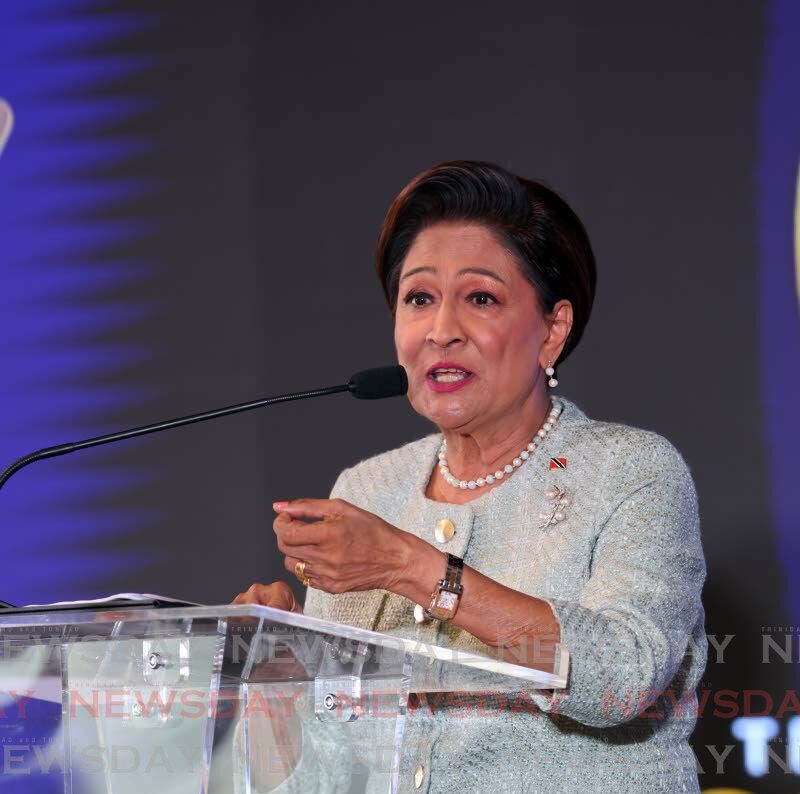In a recent announcement, Trinidad and Tobago’s Prime Minister Kamla Persad-Bissessar unveiled the ambitious Revitalisation Blueprint, promising a transformative economic overhaul. The plan includes the creation of 50,000 new jobs, the establishment of an “innovation corridor,” the conversion of Carrera Prison into a resort, and the development of a 500-acre “prison campus” at Tamana. Additionally, the government anticipates a surge in foreign investment to fuel these initiatives. However, critics argue that this blueprint bears a striking resemblance to Vision 2020, a similar plan introduced two decades ago by former Prime Minister Patrick Manning, which ultimately failed to materialize. The parallels between the two plans are undeniable, with the only notable update being the Tamana prison campus, ironically proposed on lands originally designated for science and technology under Vision 2020. Skepticism deepens as the 2025-2026 fiscal budget lacks any allocated funding for these projects, raising questions about their feasibility. Without clear financial backing, legislative groundwork, or detailed timelines, the blueprint risks becoming another unfulfilled promise. Critics highlight the government’s history of grand announcements without concrete results, pointing to ongoing challenges such as a shrinking manufacturing base, sluggish private sector investment, and security instability. Until the administration presents a measurable, costed, and time-bound plan supported by actual budgetary allocations, the Revitalisation Blueprint remains a well-written dream lacking financial substance. Citizens are urged to hold the government accountable, ensuring that vision does not devolve into illusion.
